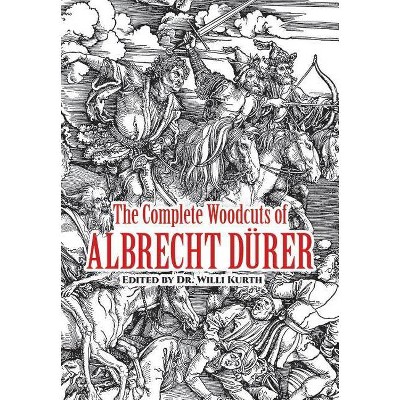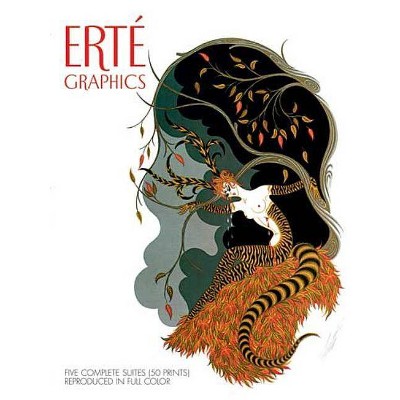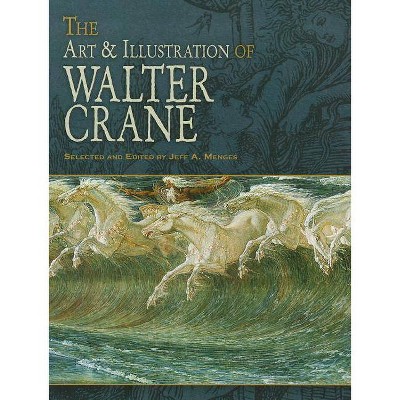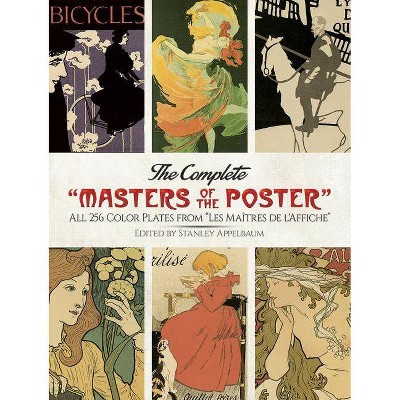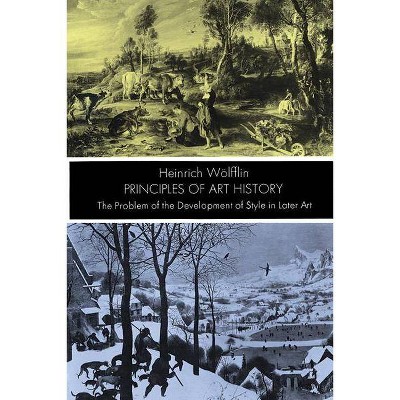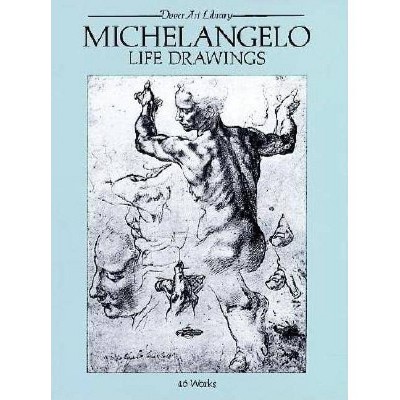The Complete Engravings, Etchings and Drypoints of Albrecht Dürer - (Dover Fine Art, History of Art) 2nd Edition (Paperback)
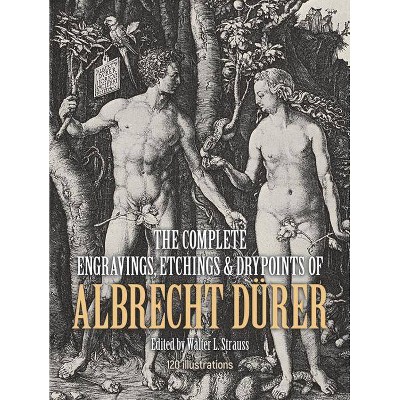
Similar Products
Products of same category from the store
AllProduct info
<p/><br></br><p><b> About the Book </b></p></br></br><i>Knight, Death and Devil;</i> <i>Melencolia I;</i> <i>St. Jerome in His Study, </i> and more -- all Dürer's known works in all three media, including 6 works formerly attributed to him. 120 plates.<br><p/><br></br><p><b> Book Synopsis </b></p></br></br><p>Albrecht Dürer's 96 engravings, six etchings, and three dynamic drypoints are counted among his finest and best-known works. By the very nature of the medium, each fine line of an engraving is controlled by the artist and is dependent upon the pressure of the burin in his hand. In the engravings, Dürer was therefore able to achieve an unprecedented intricacy of detail, subtlety of line, and three-dimensionality.<br>All 105 of Dürer's works in these three mediums are reproduced in this edition. Among them are his most famous works, Knight, Death and Devil, Melencolia I, and St. Jerome in His Study; also portraits of his contemporaries, including Erasmus of Rotterdam and Frederick the Wise, popular and religious subjects sold by Dürer's wife at fairs, Adam and Eve, the <i>Engraved Passion</i> (15 subjects), and The Virgin with the Dragonfly. Many of these show him even more charming and subtle than do the comparative woodcuts. Reproductions of experimental impression offer the opportunity to study Dürer's working method. Dürer's subjects range from scenes of the New Testament and the life of the Saints to portrayals of peasant personalities and representations of portentous events, such as The Four Witches and Sol Justitae, done in 1499 in anticipation of the Final Judgment that was widely predicted for the end of the century. The engraving The Monstrous Sow of Landser, a pig born with one head, four ears, two bodies, eight feet, on six of which it stood, and with two tongues, similarly recorded in event that was regarded as an ill omen.<br>In the present edition, by means of shooting in most instances directly to lithographic film from the finest impressions, the engravings, where possible, have been printed so that even under a magnifying glass Dürer's exact lines can be seen. Likewise, except in a very few cases, the sizes have been kept exactly to the originals, complete with border-lines where indicated. Walter L. Strauss has prepared the commentary for this edition with references to major catalogs, a summary of the statements of earlier commentators, and background material on the engravings, on Dürer, and on the subjects of the works. If you are interested in Dürer, a copy of this edition of the engravings is a must.</p><p></p><p/><br></br><p><b> From the Back Cover </b></p></br></br><p>Albrecht Dürer's 96 engravings, six etchings, and three dynamic drypoints are counted among his finest and best-known works. By the very nature of the medium, each fine line of an engraving is controlled by the artist and is dependent upon the pressure of the burin in his hand. In the engravings, Dürer was therefore able to achieve an unprecedented intricacy of detail, subtlety of line, and three-dimensionality.<br>All 105 of Dürer's works in these three mediums are reproduced in this edition. Among them are his most famous works, Knight, Death and Devil, Melencolia I, and St. Jerome in His Study; also portraits of his contemporaries, including Erasmus of Rotterdam and Frederick the Wise, popular and religious subjects sold by Dürer's wife at fairs, Adam and Eve, the <i>Engraved Passion</i> (15 subjects), and The Virgin with the Dragonfly. Many of these show him even more charming and subtle than do the comparative woodcuts. Reproductions of experimental impression offer the opportunity to study Dürer's working method. Dürer's subjects range from scenes of the New Testament and the life of the Saints to portrayals of peasant personalities and representations of portentous events, such as The Four Witches and Sol Justitae, done in 1499 in anticipation of the Final Judgment that was widely predicted for the end of the century. The engraving The Monstrous Sow of Landser, a pig born with one head, four ears, two bodies, eight feet, on six of which it stood, and with two tongues, similarly recorded in event that was regarded as an ill omen.<br>In the present edition, by means of shooting in most instances directly to lithographic film from the finest impressions, the engravings, where possible, have been printed so that even under a magnifying glass Dürer's exact lines can be seen. Likewise, except in a very few cases, the sizes have been kept exactly to the originals, complete with border-lines where indicated. Walter L. Strauss has prepared the commentary for this edition with references to major catalogs, a summary of the statements of earlier commentators, and background material on the engravings, on Dürer, and on the subjects of the works. If you are interested in Dürer, a copy of this edition of the engravings is a must.</p><p/><br></br><p><b> About the Author </b></p></br></br>Regarded as the greatest of the German Renaissance artists, Albrecht Dürer (1471-1528) created a vast body of work that ranges from altarpieces to copper engravings and portraits. Painter, printer, draughtsman, and art theorist, he remains best known for his woodcuts.
Price History
Price Archive shows prices from various stores, lets you see history and find the cheapest. There is no actual sale on the website. For all support, inquiry and suggestion messagescommunication@pricearchive.us
